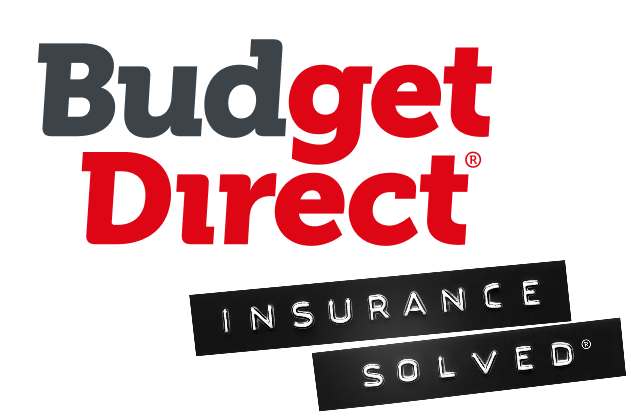We all know that renting or buying your own home can naturally come with risk.
But what about the risks when it comes to common safety hazards in your home?
If your home is exposed to the elements, has running water, uses electricity, runs appliances or is in a neighbourhood with other people, then there will be risks.
To identify these common safety hazards, we've put together a list of some hazards to look out for and how you can improve your home safety.
Hazards at Home
Fire Hazards

There are a number of common fire hazards in the home including cooking equipment, stoves, heaters, dryers, electrical wiring and barbecues.
Accidental fire hazards can occur, but most of the time fires (or other accidents) can be prevented with the right precautions.
Here's how you can work to prevent a fire risk in your home:
Stay with your food while it's cooking
Check for frayed cords on your electrical appliances
Follow up with an electrician if a device trips your safety switch
Don't leave open flames (such as candles) unattended or near blinds and curtains
Don't leave heaters unattended
Don't smoke inside
Escaped Liquid

Whether it's a burst pipe or a broken washing machine, loose liquid can be a hazard to both you and your home.
And if liquid escapes inside your walls or cabinets, then you may need some serious repairs.
Here's what you can do to prevent water damage in your home:
Check your manufacture dates on flexi-hoses, heating and water systems.
Regularly check for leaks and early signs of water damage and address any issues as soon as possible.
If you are going on holiday, turn your water off at the main valve.
Electrical Hazards

Electrical accidents are surprisingly common in the average Australian home.
The best way to avoid an accident is to not do your own electrical work, even if it seems like an easy job. You should always leave electrical work to a professional electrician.
Here's how you can prevent electrical hazards in your home:
Don't use double-adaptors or power boards that aren't surge-protected
Don't overload circuits (this is a common cause of electrical house fires)
Don't plug in or use electrical appliances near water
Install indoor and outdoor safety switches
Maintain your home circuit breakers to prevent them from failing
Turn off the main power points at the switchboard when accessing the ceiling or crawl spaces around your home
Maintain your electrical home appliances over time
Weather

Whether it's a flood or a storm, unpredictable weather can create potential hazards.
Severe weather can cause a lot of damage to the average Australian home.
Here's how to prepare for a flood if you want to avoid hazards:
Find out if you live in a flood-prone area
Create a flood preparation kit
Follow flood warning updates
Evacuate if needed
If it's safe enough for you to return home, avoid travelling at night. Be on the lookout for road hazards such as fallen power lines, trees and other debris.
And here's how to prepare for a storm if you want to avoid hazards:
Secure any loose items such as outdoor furniture or play equipment
Clean your gutters
Trim trees and branches
Fix any damage to your roof such as corrosion, rotten timber, termite attacks and loose fixings.
Monitor weather warnings
You can refer to your local council for a current emergency plan for severe weather events.
Theft

Home burglaries can lead to stolen property or property damage.
Some of the most common items stolen are personal items such as jewellery or clothing, tools, money, purses or wallets, bikes and sporting equipment.
Here's how you can protect your home from break-ins:
Lock doors and windows
Keep your garage door locked
Limit access to your second-floor level
Add security systems such as sensors, motion detectors, video doorbells and security cameras
Ask someone to house sit if you go on holiday
Child Safety in Your Home
Risks for Young Children
There are a number of common home safety hazards that can pose a risk to young children.
These risks in your home can include:
Poor lighting (which can lead to falls)
Household chemicals and cleaning products
Pools and spas
Stairs
An unlocked door or window
Exposed power cords and outlets
Baby Proofing a House
When it comes to babyproofing your home, your first step is ensuring your home has working smoke alarms.
All Australians have a legal responsibility to install fire alarms in their home depending on the law in the state they live in.
Here's how you can safely babyproof your home:
Make sure all cots and bed rails meet Australian safety standards (AS2172)
Add bumper guards to the corners of tables and any other sharp edges
Latch drawers that have sharp or dangerous objects (kitchen knives, household cleaning products)
Add lockable safety gates at the base of the stairs and the entryway to the kitchen
Have safety switches fitted to all power-point circuits
Add power point covers
Protecting Your Home
After identifying all the safety hazards in your home, you may also like to consider home insurance that protects your home and belongings.
Home and Contents Insurance can protect your home and belongings against loss or damage caused by events like storms, fire and theft.







